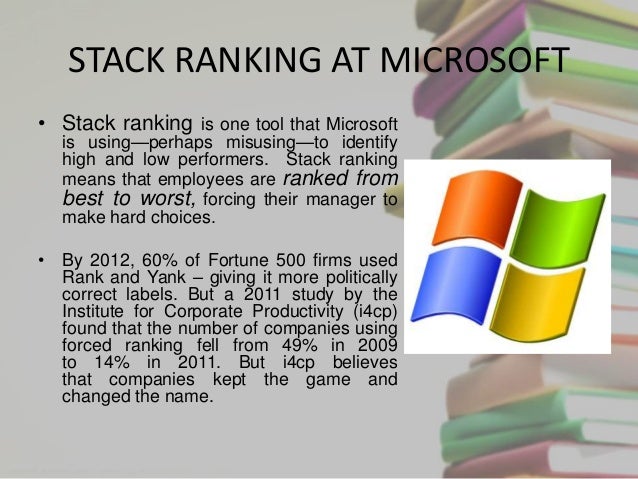

Taking the more productive individuals meant taking the more aggressive hens. Those hens that individually produced the most did so by being adept at aggressively suppressing the other hens from laying eggs. So what happened? Why did the best egg-layers from the first generation yield something akin to the Gremlins of the eponymously named 80s movie? What Muir realized was that instead of identifying the most efficient hens, he had identified the hens that successfully conveyed the appearance of being the most productive. The hens were more intent on fighting amongst each other than doing anything productive! Hopefully that doesn’t sound like any workplaces you know… Those in the cage who did not die from these cannibalistic attacks (there was an 89% mortality rate) were left with severe feather loss, life-threatening abrasions and other serious physical injuries. There was an extremely high prevalence of fatal cannibalistic pecking within the group and general agonistic behaviors. They presented signs of aggression, violence, dysfunction and waste. In fact, this line of hens had some other, rather less desirable qualities. The Super-Chicken group did not fare so well. For the cage-selected line, after just five generations, the number of eggs per hen catapulted from 91 to 237, the mortality rate of the group crashed from 68% to 9%, and the hens also displayed improved wellbeing as a function of the reductions of pecking and negative social interactions. The outcome of this study was striking selecting the best group cages produced hens that thoroughly outperformed the line of individually more productive ‘Super-Chickens’. He then continued to selectively breed using these two separate groups and observed the levels of production. Muir also identified the cages that collectively were more productive at laying eggs in comparison to other cages. Muir selected the most productive hens from each cage and bred the next generation from them. He followed the logic that many employers today tout: take the best individuals, put them in a group together, and then let the magic happen. He wanted to create a group of ‘Super-Chickens’ who would produce more eggs than any other coop. 1 Muir was looking to explore the various methods of group productivity with regards to egg production.
EMPLOYEE STACK RANKING SERIES
In 1996, evolutionary biologist William Muir conducted a series of unusual experiments at Purdue University.

To begin to see why, we turn to evolutionary biology. However, the wisdom behind the application of these models, both in business and sport, is under scrutiny. Stack-ranking and other business practices of individual selection have been widespread, from General Electric to Microsoft, and is a standard modus operandi in sports teams including the focus of this piece, the European soccer team, Real Madrid. Or at least that has been the dominant rhetoric behind models of group productivity within both the business and sporting industries. It’s a simple notion to strengthening your company and the most efficient way to assemble optimally performing groups, organizations, and sports teams. They want the best and push out the rest. Some of the leading recent startups have competitive employment requirements, a survival of the fittest approach. ‘Ruthless’ and ‘demanding’ are two descriptors of the working environment, sink or swim. However, if the aim is to have your employees work together and help one another, then another method for measuring performance is preferable.Jeff Bezos, CEO and founder of Amazon, recently took some heat when the New York Times exposed working conditions and the corporate culture at his firm. A cutthroat environment: If you want to create an environment of competition inside the workplace, then ranking should work just fine.If they have other duties, such as keeping customers happy or supervising junior staff members, then it is grossly unfair to rank the employee on only one, narrow aspect of his job. Narrow job descriptions: Ranking works if nothing else is expected of the employee other than to perform the narrow criteria you use to assess them.There needs to be a check in the system that combines the ranking system with other performance measures to get a more holistic view. A second pair of eyes: There's no point having a ranking system if your top-ranked performer got there by sabotaging her colleagues and generally having a negative effect on those around her.Precise criteria to compare employees: Ranking criteria should be objective and measurable, such as money earned or clients referred, not subjective like is good with clients or is a team player.


 0 kommentar(er)
0 kommentar(er)
